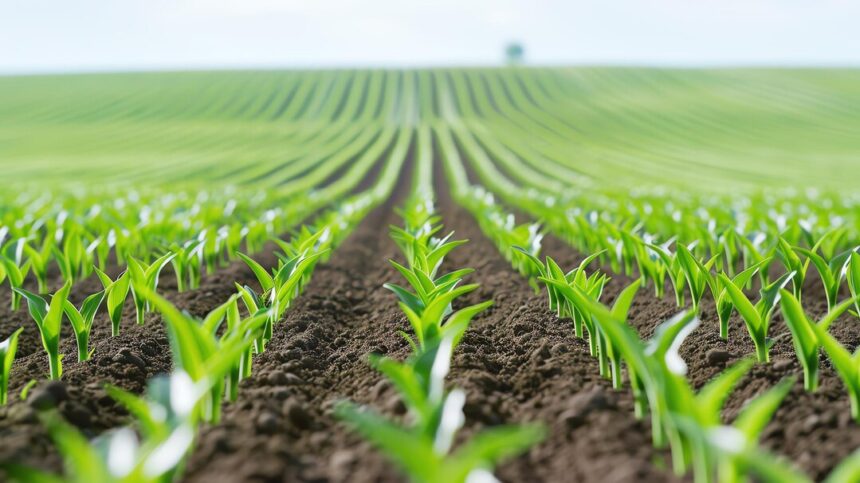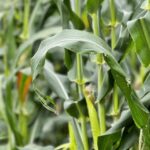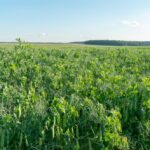Weed management is a critical aspect of farming that directly impacts crop health, yield, and overall productivity. Weeds compete with crops for sunlight, water, and nutrients, reducing the quality and quantity of harvests. While manual weeding has long been practiced, modern weed management tools offer farmers more efficient and effective solutions to tackle this challenge. Understanding the basics of these tools and how to use them can significantly enhance farm efficiency while minimizing labor and resource costs.
Weed management tools can be broadly categorized into mechanical, chemical, and cultural methods. Each approach has unique benefits and is often used in combination for integrated weed management.
Mechanical Weed Management Tools
Mechanical weed control tools physically remove or suppress weeds. These include simple hand tools like hoes and weed pullers, as well as more advanced machinery such as cultivators and rotary hoes. For small farms or gardens, manual tools are effective for targeting weeds in rows or around crops. However, larger farms often require mechanized solutions.
Cultivators, for example, are commonly used to till the soil and disrupt weed growth. They are especially effective for controlling young weeds before they mature and spread seeds. Rotary hoes are another valuable option, designed to uproot weeds while aerating the soil. When using mechanical tools, timing is crucial. Early-stage weeds are easier to manage and less likely to impact crop yields.
Chemical Weed Management Tools
Herbicides are chemical solutions designed to kill or inhibit the growth of weeds. They are widely used due to their efficiency in covering large areas quickly. Herbicides can be classified into selective and non-selective types. Selective herbicides target specific weed species without harming crops, while non-selective herbicides kill all vegetation and are often used for clearing land or pathways.
When using herbicides, it is essential to follow manufacturer guidelines to ensure proper application rates and timing. Overuse or improper application can lead to herbicide resistance in weeds, reducing effectiveness over time. Additionally, safety precautions such as wearing protective gear and avoiding application during windy conditions are vital to protect both the user and the environment.
Cultural Weed Management Tools
Cultural methods involve practices that promote crop health while suppressing weed growth. Tools like mulches, cover crops, and crop rotation are effective cultural strategies. Mulching, for example, prevents sunlight from reaching the soil surface, reducing weed germination. Organic mulches like straw or wood chips also improve soil fertility over time.
Cover crops, such as clover or rye, compete with weeds for resources and reduce their establishment. These crops can be incorporated into the soil after serving their purpose, adding organic matter and improving soil structure. Crop rotation disrupts weed life cycles by alternating crops with different growth habits, reducing the prevalence of specific weed species.
Integrated Weed Management
A holistic approach that combines mechanical, chemical, and cultural methods is often the most effective strategy for managing weeds. Integrated weed management (IWM) focuses on using diverse tools and techniques to address weed challenges sustainably. For instance, a farmer may use herbicides to control severe infestations, followed by mechanical weeding to address regrowth, and then implement cultural practices like mulching to prevent future outbreaks.
Technology in Weed Management
Advancements in technology are revolutionizing weed management. Tools like automated weeders, drones, and AI-driven systems allow for precision targeting of weeds. Automated weeders use sensors to distinguish between crops and weeds, selectively removing unwanted plants. Drones equipped with cameras and mapping software can identify weed-infested areas, enabling targeted herbicide application. These technologies reduce resource usage and environmental impact while improving efficiency.
Best Practices for Using Weed Management Tools
To maximize the effectiveness of weed management tools, farmers should consider the following:
- Understand Weed Types: Identifying the weeds present on the farm helps select the appropriate control methods.
- Monitor Regularly: Frequent inspections allow for early intervention before weeds become unmanageable.
- Rotate Tools and Methods: Alternating between tools and techniques prevents weeds from developing resistance.
- Plan for the Season: Tailor weed management strategies based on crop cycles and seasonal weed growth patterns.
By understanding and effectively using weed management tools, farmers can create a balanced approach to weed control. This not only enhances crop productivity but also supports sustainable farming practices that benefit the environment and future agricultural endeavors.
Join 'Farmers Mag' WhatsApp Channel
Get the latest Farming news and tips delivered straight to your WhatsApp
CLICK HERE TO JOIN






